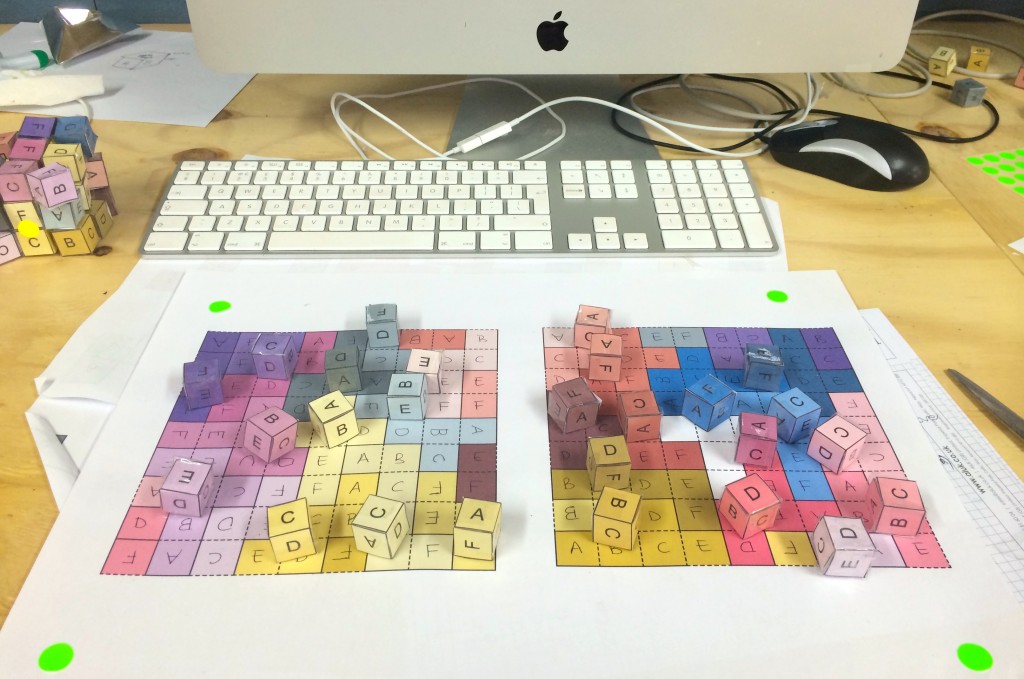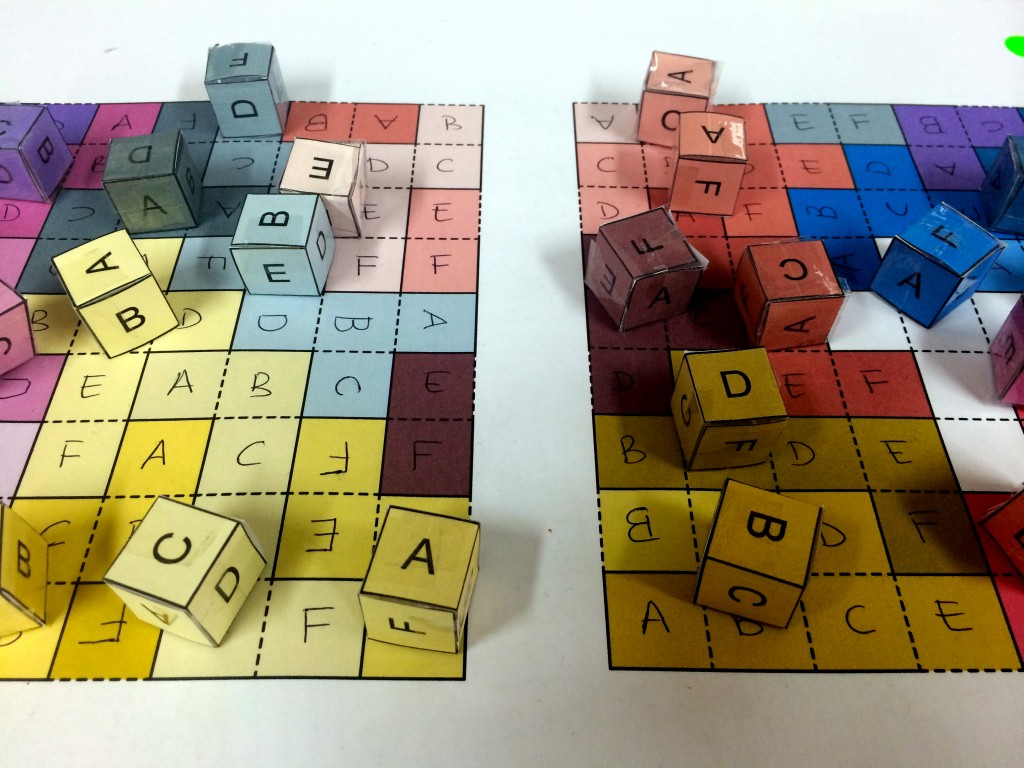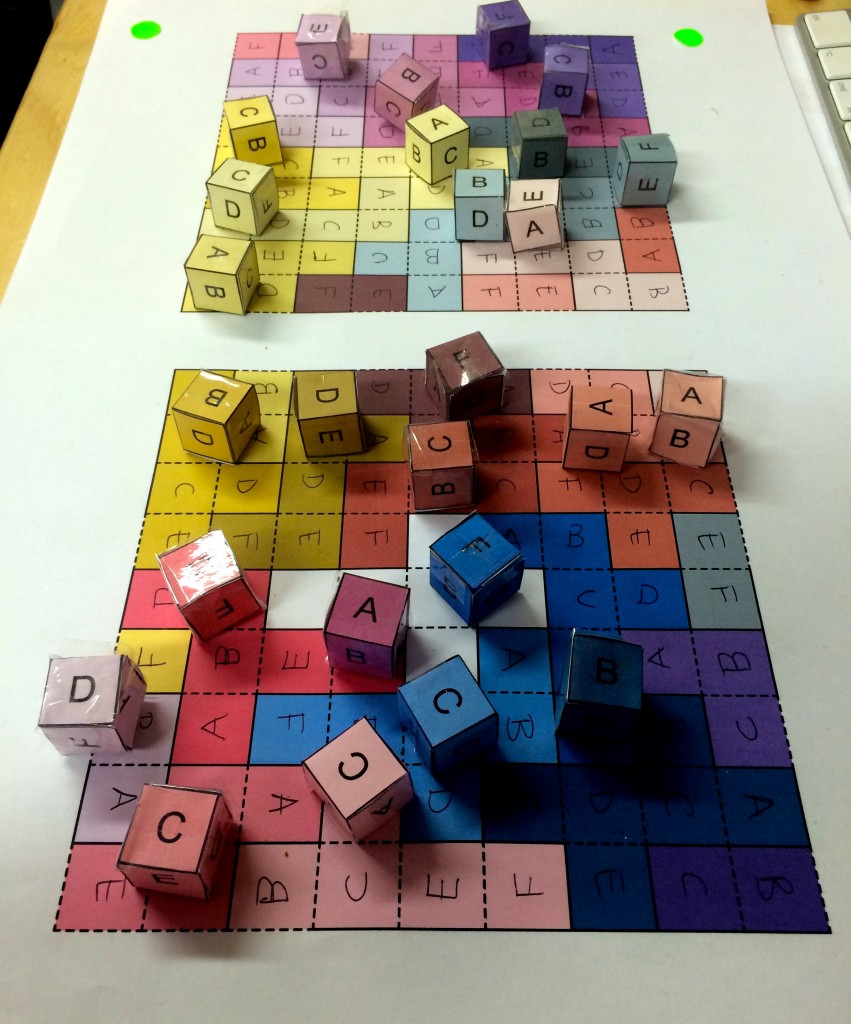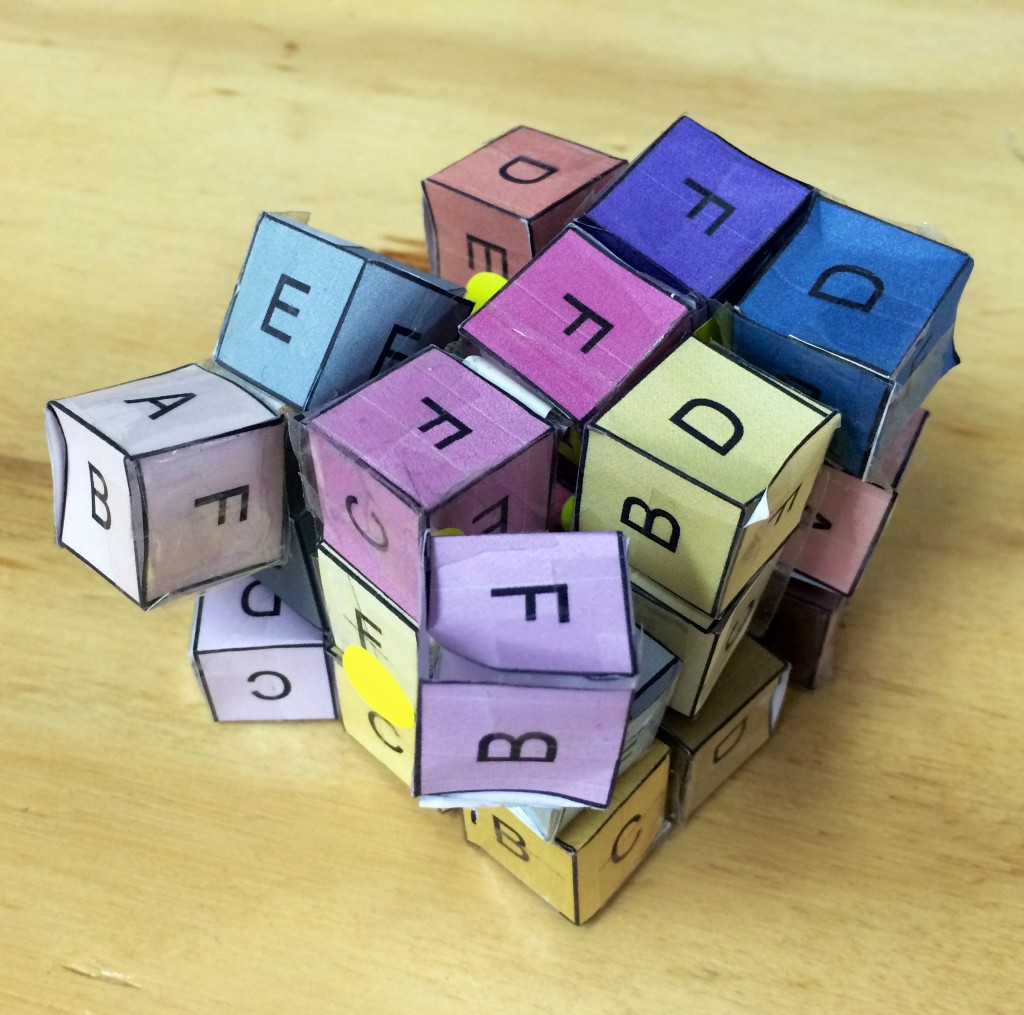179prs_How to write a manifesto e.g. From Motown To Bro’Town
At the Practice Research Symposium in Ghent 2 weeks, Johan Verbeke proposed to me that in research terms a ‘manifesto’ was a ‘proposition’ without the need for evidence. This in turn called to mind the brazen words of Patrick Schumacher who had written, if my memory serves me correctly, that there had been no manifestos in architecture since Modernism. If a manifesto is as Verbeke claims a mere trumpet call then Shumacher’s claim is a manifesto in itself as manifestos are liberated from any need to be factual or evidence based. Therefore as Architects we should get going: talk up your own manifesto as a means to say something provocative! For example, one Manifesto for architectural practice in NZ is: Bro’Town must replace Motown: social fraternisation is required in cities like Auckland which are being strangled by the car….
How to Write A Manifesto: see Henrietta Ross’ Election Aesthetics
On the NZ car, see Patrick Reynold’s Transit Blog



003LAU_TEMPLE OF LAUGHTER
The Temple of Laughter was a pioneering project for The Game of Architecture in the sense that it played with the rules of the architectural competition. As the submission requirements called for a drawing and a model this raised the possibility: could the drawing literally build the model? 

 This action would be confrontational as it would, for example, render architectural representation pointless. In architectural culture, the architects’ drawings are the principle design tool conveying information ranging from ideological expression through to construction detailing. Yet with the Temple of Laughter the drawing was purely a 2d plane emptied of all information such that the drawing was now a flat geometric plan(e) awaiting transformation, origami-like, into a three dimensional form. The question was how could we work out the geometrical puzzle that would allow this to happen? WHAT_Architecture used a hybrid “8-bit parametricism” of part-analogue (paper), part-digital (computer) modelling to crack the problem.
This action would be confrontational as it would, for example, render architectural representation pointless. In architectural culture, the architects’ drawings are the principle design tool conveying information ranging from ideological expression through to construction detailing. Yet with the Temple of Laughter the drawing was purely a 2d plane emptied of all information such that the drawing was now a flat geometric plan(e) awaiting transformation, origami-like, into a three dimensional form. The question was how could we work out the geometrical puzzle that would allow this to happen? WHAT_Architecture used a hybrid “8-bit parametricism” of part-analogue (paper), part-digital (computer) modelling to crack the problem.



 This action would be confrontational as it would, for example, render architectural representation pointless. In architectural culture, the architects’ drawings are the principle design tool conveying information ranging from ideological expression through to construction detailing. Yet with the Temple of Laughter the drawing was purely a 2d plane emptied of all information such that the drawing was now a flat geometric plan(e) awaiting transformation, origami-like, into a three dimensional form. The question was how could we work out the geometrical puzzle that would allow this to happen? WHAT_Architecture used a hybrid “8-bit parametricism” of part-analogue (paper), part-digital (computer) modelling to crack the problem.
This action would be confrontational as it would, for example, render architectural representation pointless. In architectural culture, the architects’ drawings are the principle design tool conveying information ranging from ideological expression through to construction detailing. Yet with the Temple of Laughter the drawing was purely a 2d plane emptied of all information such that the drawing was now a flat geometric plan(e) awaiting transformation, origami-like, into a three dimensional form. The question was how could we work out the geometrical puzzle that would allow this to happen? WHAT_Architecture used a hybrid “8-bit parametricism” of part-analogue (paper), part-digital (computer) modelling to crack the problem. 



